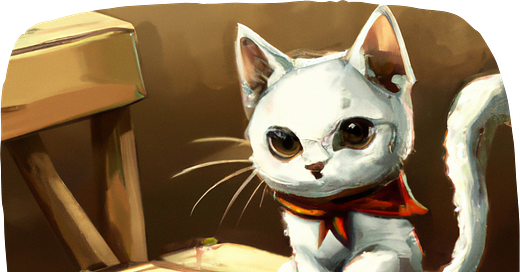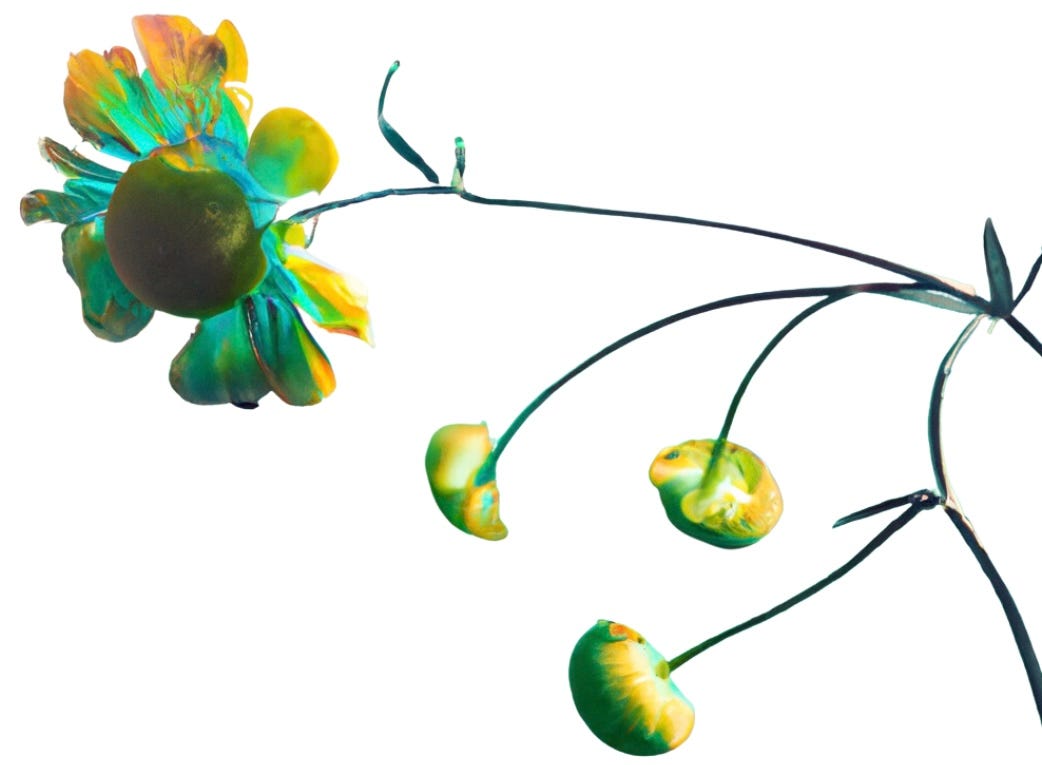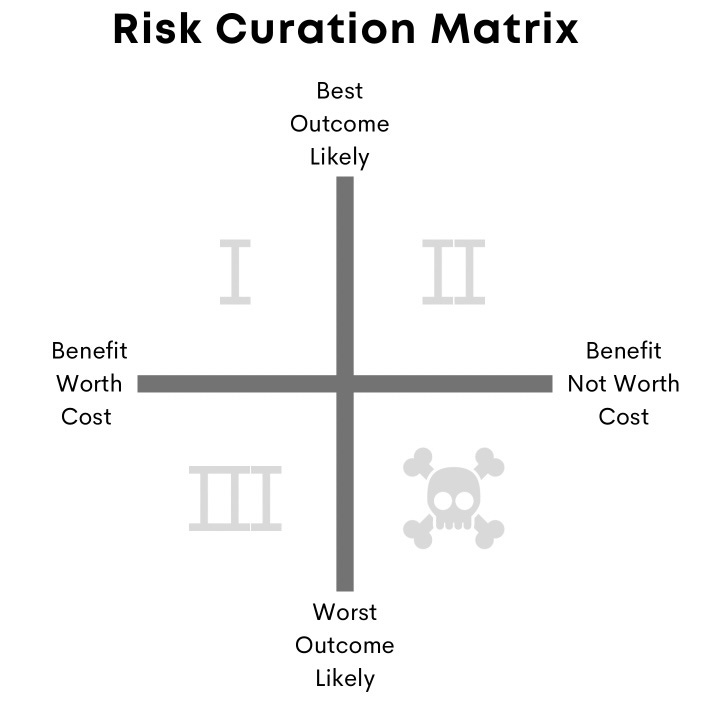My best friend when I was about 12 was a boy I’ll call “Randy,” which rhymes with his real name…which was not Mandy or Candy or Sandy. Randy was a total nerd, which suited me since I was too. He had some quirks, though, that even I couldn’t tolerate over the long haul. One of his worst foibles was his cheating when we played games. It didn’t matter the game or how many people were playing. If Randy saw an opportunity, he would cheat and then just deny it when caught. I even saw him cheating at solitaire! Why would anyone cheat at solitaire?
One game we would enjoy from time to time was Risk. You remember Risk? It is the “Game of World Conquest.” My memory of the rules is fuzzy, but I do recall the matches were long, even a couple of days long. I didn’t own the game, but Randy did, so he and I would play in his basement. Usually, we would have to pause overnight when it was time for me to head home. As we would resume play on the second day I started seeing a disturbing pattern.
During our two-day epic games, whenever Randy felt he was winning at Risk at the end of the day, which was evident from his relentless taunts, we would just pick up on day two where we left off, no problem. But if the game was close at the end of the first day, I would return to find the pieces mysteriously rearranged with Randy poised to win. Randy would of course deny anything was amiss and claim my memory was faulty. (This was long before the invention of camera phones.)
So, you may wonder, what happened when I was clearly winning at the end of the first day of play? Funny you should ask. Every single time I was winning, I would return the next day to find the pieces scattered about on the floor. The cat was always blamed.
In short, Randy took no risks when he played Risk. Even when he could not engineer it so that he would win, he would assure that he did not lose. But as with all choices, he did incur a risk, one he did not anticipate. Although I would have soon outgrown him anyway, Randy’s antics hastened the termination of our friendship, and thus he lost his best friend and the loyalty of one of the few people who could stand him.
Bud or Blossom
Risk — the state of affairs, not the game of affairs of state — is a necessity. You can no more avoid risk than you can avoid excess salt in processed food. Like salt, risk can enhance the flavors of life. Both can contribute to hypertension as well.
I have argued before that even choosing not to take a risk is a risk. You can read about that here.
But risk, the risks we choose, also propels us forward. The future will arrive whether you want it to or not. Things will change whether you want them to or not. Great leaders know all this and therefore carefully curate the risk they will take on to shape the outcome.
When you don’t choose your risks, your risks choose you. And while every risk can result in benefits or detriments, you obviously want to maximize the former and minimize the latter. That means making rational decisions about the type and amount of risk you will take on.
Anais Nin’s short poem called “Risk” is a beautifully succinct and insightful description of the necessity of taking risks.
And then the day came, when the risk to remain tight in a bud was more painful than the risk it took to blossom.
There is a lot going on in this one-sentence poem, and nothing ruins a good poem like a reductive paraphrase. So here goes nothing! Nin is observing that at some point we will have to abandon our comfortable selves, but that is okay because it means we are growing. You can see this as a metaphor for life — moving from childhood to adulthood — but it is also pertinent to our every day. We face daily choices that urge us to risk leaving our bud-like safety and invite us to blossom more fully.
Some time ago I presented my Risk Curation matrix, and I want to reintroduce that handy tool here.
It is a simple quadrant built around an evaluation of the cost vs the benefit of taking a risk and the likelihood of a positive vs a negative outcome. It’s horizontal axis runs from “Benefit Is Worth Cost” on the left to “Benefit Is Not Worth Cost” on the right, and its vertical axis runs from “Best Likely Outcome” on top to “Worst Likely Outcome” on the bottom.
When faced with a risk, you make your best assessment of the cost vs. benefit and the likely outcome of taking that risk. You want to avoid quadrant four at the bottom right — the worst outcome at the highest price, AKA high-cost failure.
Curators of Risk
We take risks all day everyday in every aspect of our lives. And we constantly curate that risk. For instance, as bizarre as it is, at night, we purposely render ourselves unconscious, making ourselves utterly vulnerable to intruders, fire, or out-of-character behavior by our bedtime partners. Did you survive the night? Lucky you. Now it is time for breakfast. Let’s take some bread, made who knows where by who knows whom since the label could be a lie, and shove it into a device that literally superheats metal with electricity in the hope of slightly singing the bread. Still alive? Great. Now it is time to brush your teeth. Did you know that some people fervently believe that fluoride is a government experiment in weakening the masses for easy manipulation?
And on it goes.
While you don’t need the Risk Curation matrix to decide whether to put on your slippers or not (trip hazard!), risk is a necessary part of our lives. Every time you make one of those small decisions, you are employing the logic behind the Risk Curation matrix whether you realize it or not.
What is the benefit vs. the cost of not sleeping? Well, you get a lot more waking hours to do things on the one hand, but your productivity will steadily decline until it vanishes. Oh, and then there’s the whole biological imperative thing. So the extra hours you gain not sleeping are probably not worth the cost to your productivity and health. What about the best likely outcome? Well you may get to go a few days before you collapse. The worst likely outcome is that you will get yourself sick or have an accident, so this decision lands you squarely in the bottom right quadrant of the Risk Curation matrix where ideas are best left to die.
This is how we already assess risk. The matrix just formalizes the process and is especially handy when you have to make significant decisions about taking on risk. Try it out and let me know what you think.
How do you approach questions of risk? Is your approach systematic or is it ad hoc?
Great leaders don’t flinch from risk and know how to address and curate it, and I can help. Click below for your free consultation and gift.
If you want to learn more about how to become a great leader in this world of bad bosses, visit GuidanceForGreatness.com.
Ask questions or make suggestions by emailing me directly at
Join the conversation by leaving a comment, and leave a like or review.
Please share this post on social media.
And be sure to SUBSCRIBE to have On Leading with Greatness sent weekly to your inbox.


















Share this post